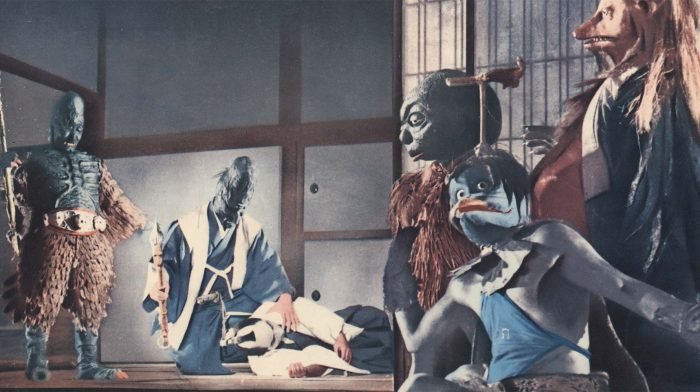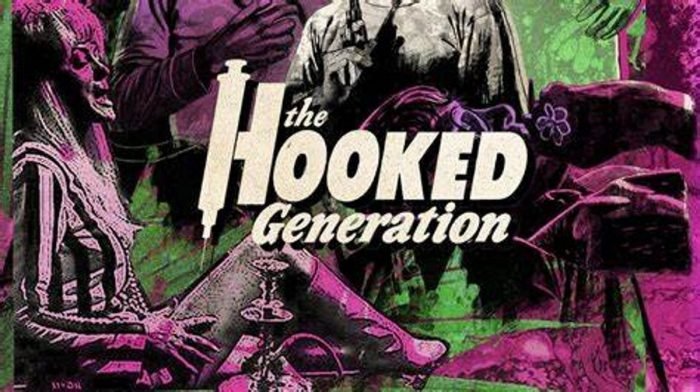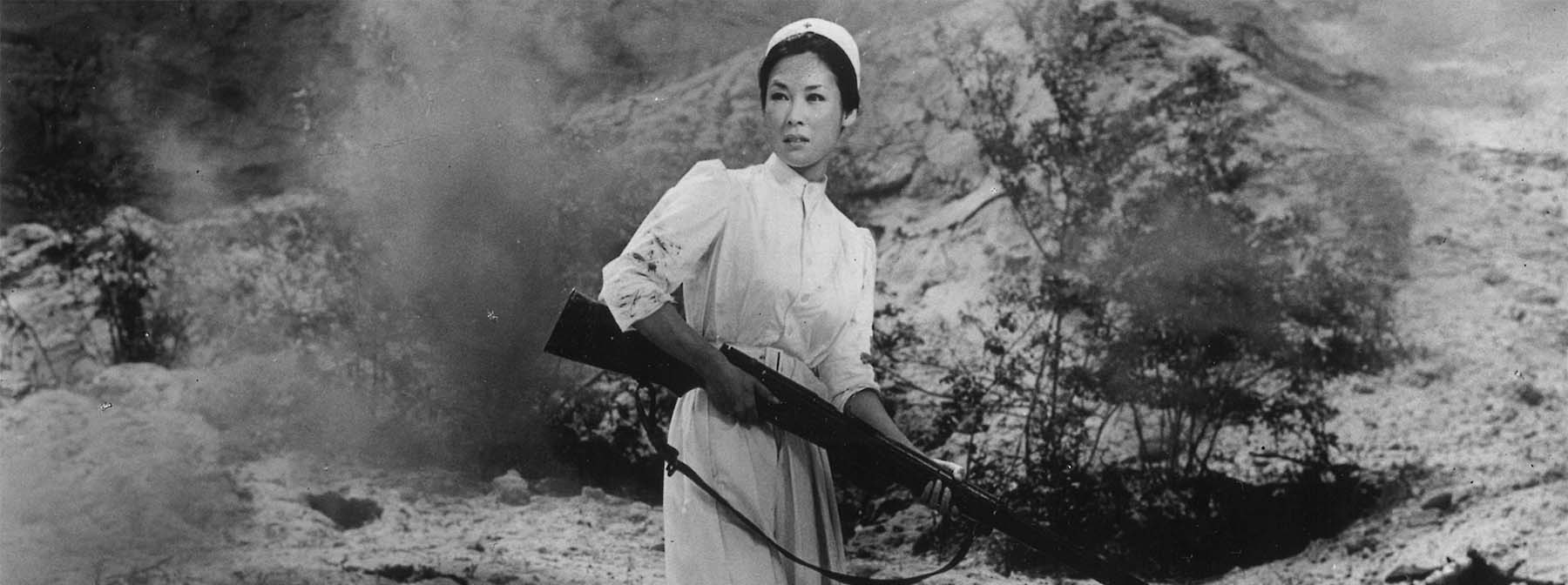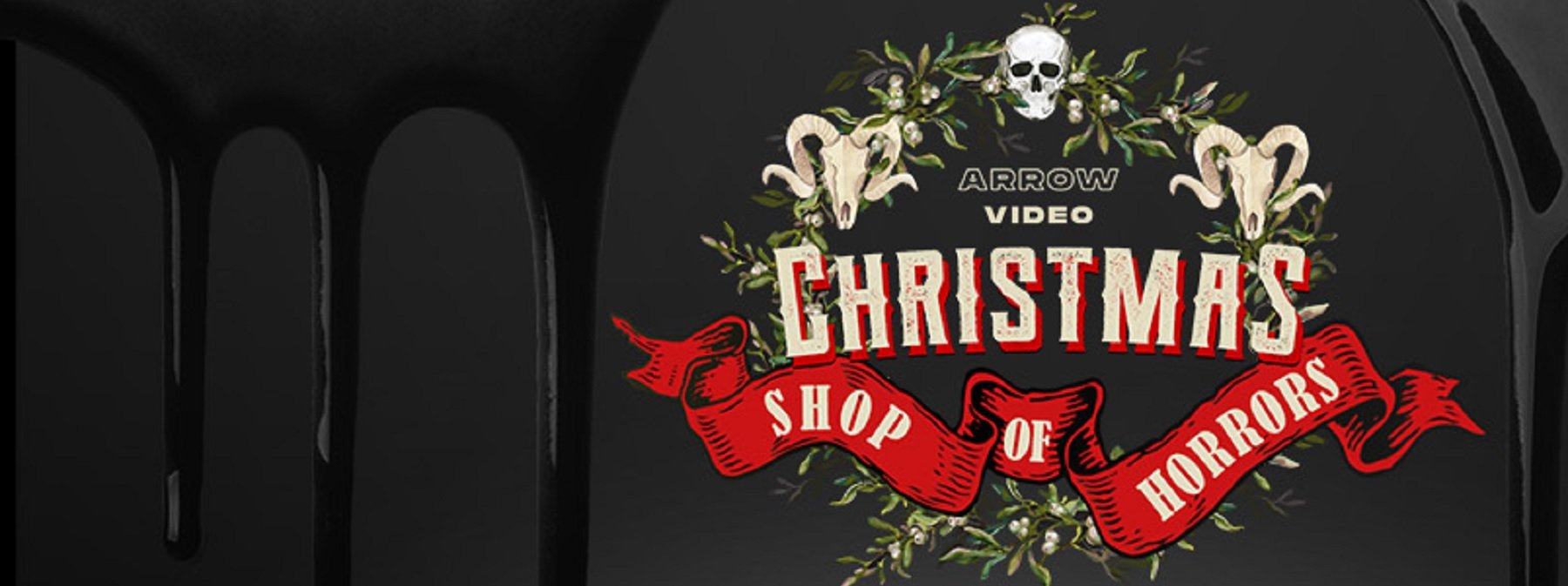Without a doubt, True Romance is one of Tony Scott’s best works. It follows the topsy-turvy journey of comic-book store worker Clarence (Christian Slater) and fledgling call-girl Alabama (Patricia Arquette) as they go from strangers, to honeymooners, to would-be drug-dealers in the space of a few days. The credits of True Romance read as a list of icons of cinema – Christopher Walken, Gary Oldman, James Gandolfini, Dennis Hopper – and yet it was the then relatively unknown Patricia Arquette’s turn as Alabama Worley that shone the brightest.
Although written by Quentin Tarantino with Joan Cusack in mind for the role, it is hard to imagine anybody better for Alabama than Arquette. Her performance is so nuanced and natural that Alabama feels like an extension of herself. Prior to being cast as Alabama, Arquette was best known for having played Kristen Parker in Chuck Russell’s 1987 movie A Nightmare on Elm Street: Dream Warriors. As Kristen, Arquette demonstrated a mixture of innocence, fear and eventual strength as she embodied the final girl. This cocktail of emotions exists within Alabama too, Kristen preparing Arquette for the character that would become her calling card.
What makes Alabama so special is that she is a rare female character that both men and women connect with. Across the decades, women in crime cinema have merely been the set-dressing. They are pretty things used to fill a gender quota, but few have any real substance. A man getting in over his head with criminal organisations is a familiar narrative trope. Often this man has a wife or girlfriend, though those women tend to remain in the wings. Alabama however, is fully-fleshed. She is not Clarence’s accessory, but his equal if not his better. True Romance is Alabama’s story after all, with her serving as narrator. By placing a female protagonist in a genre ruled by men, Scott follows the trend begun by his older brother Ridley in 1979’s Alien.

Romance blooms in a phone box. Luckily there’s no queue.
Having a strong female character at the heart of True Romance ensures its appeal to female audiences. She is the woman that men want to be with, but more importantly, who women want to be friends with. Women have always been pitted against one another and so gangster’s moll types in movies have not been well received historically. Their conventional perfectly coiffed luxurious and sexualised appearance pushes unattainable beauty standards onto women. At the same time they present men with an object whose presence is exclusively sexual. Alabama though, is different.
Alabama is sexy, but not in the traditional Hollywood way. Whilst she may be presented as the blonde buxom bombshell with the red lips, Alabama’s appearance feels thrown together. She does not adhere to the stereotype of perfection. Her beauty isn’t high-brow glamorous and is instead more trailer-park chic. Her make-up is not immaculate, her clothes clear thrift shop finds. More importantly, in opposition to her gangster’s moll counterparts, Alabama dresses for herself and not the men around her. Yes, some of her attire is revealing, and much of her wardrobe bleeds into certain male fantasies, but it never feels as though Alabama is dressing for them. That she is being her authentic self is inspiring to the women watching, encouraging them to embrace themselves.
Another appealing factor of Alabama is that, in addition to being given a personality, her interests deviate from traditional gender norms. During the scene in Rae’s Diner, Clarence probes Alabama for her likes and dislikes. Her answers skew more masculine as she admits to enjoying Burt Reynolds and kung-fu movies. Despite her overtly feminine appearance, she can converse with men on their level. A welcome touch to her character is that throughout True Romance, Alabama consistently consumes violent-action cinema. This little affirmation that women can enjoy ‘masculine’ movies provides much needed validation for women whose film tastes do not adhere to societal expectations.
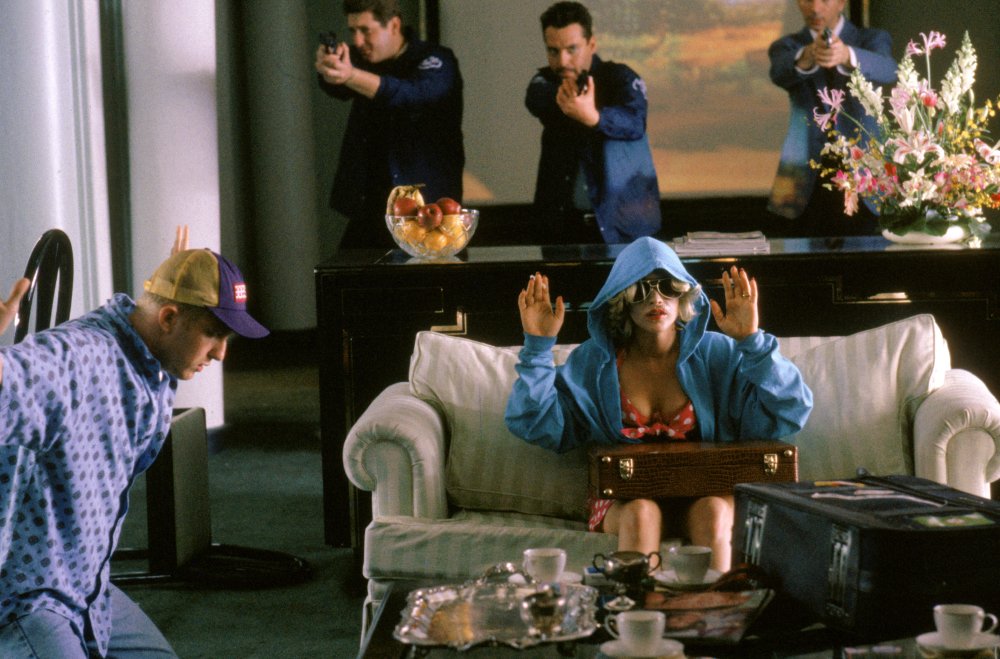
Alabama (Patricia Arquette) finds out there’s no such thing as a perfect crime.
Above all else, it is Alabama’s complexity, mystique, and strength that solidifies her as a cinematic icon. Whilst some may dismiss her as a ditzy blonde, her airhead persona is a construct. She admits as much when she comes clean to Clarence in the billboard scene. Her honesty is endearing and by the end of her heartfelt admission of love, the audience is smitten with the character. Alabama’s charm diffuses many moments of tension, her presence saving Clarence and herself on more than one occasion. In one short encounter with her father-in-law, she mends years of estrangement between father and son. She is a healing balm who transfixes all whose paths she crosses, with one exception…
The motel scene during which Alabama and Virgil (James Gandolfini) do battle, reveals Alabama’s hidden strength. Initially Alabama falls into default breathy blonde mode during their interaction. Her friendly demeanour is a repeat of what the audience has become accustomed to. However, what follows when she realises her trusted tactic has failed is a maelstrom of ferocity. Alabama’s ability to think on her feet in the face of extreme aggression points to a darkness in her past. It becomes evident that this is not her first time in a survival situation. In this scene she speaks for all women who have been victims of violence and it is a beautiful moment of catharsis; especially with her using traditionally feminine items such as shampoo and hairspray as weapons.
That Alabama saves herself and does not need Clarence to be her knight in shining armour is wonderful. The title might be True Romance, but the film consistently plays around with the traditional conventions of romance narratives. These subversions present an interpretation of love that those with an aversion to the saccharine stereotype can stomach. The sequence in the motel unlocks Alabama’s inner warrior and proves to the audience her potential to be the hero. She demonstrates cunning, determination, and the ability to make it through hostile situations. Seeing Alabama support an injured Clarence through the storm of bullets during the final drug meet confirms her as an ironclad heroine.
What is paramount for Alabama is that, in spite of the chaos unfolding around her, she never loses her sense of self. Alabama is bright and charismatic when introduced and remains so at the end. The ordeal has not hardened her. Her female intuition has kept her safe and now she gets to spend her life with the man that she loves. Her effervescent energy, lovable aura and strong survival skills ensure that Alabama is a woman for the ages. Thirty years on she remains just as enchanting and as relevant as ever, proving above all else that she is so cool.


